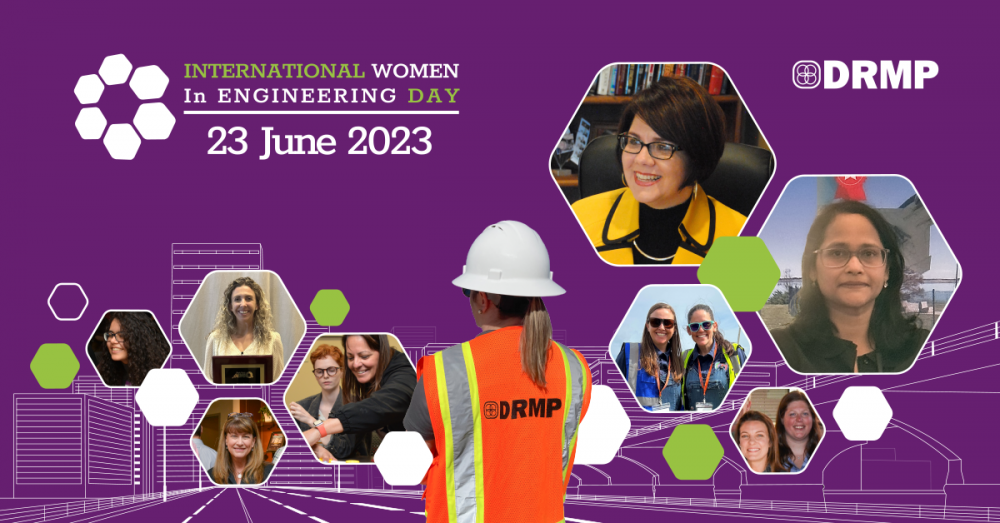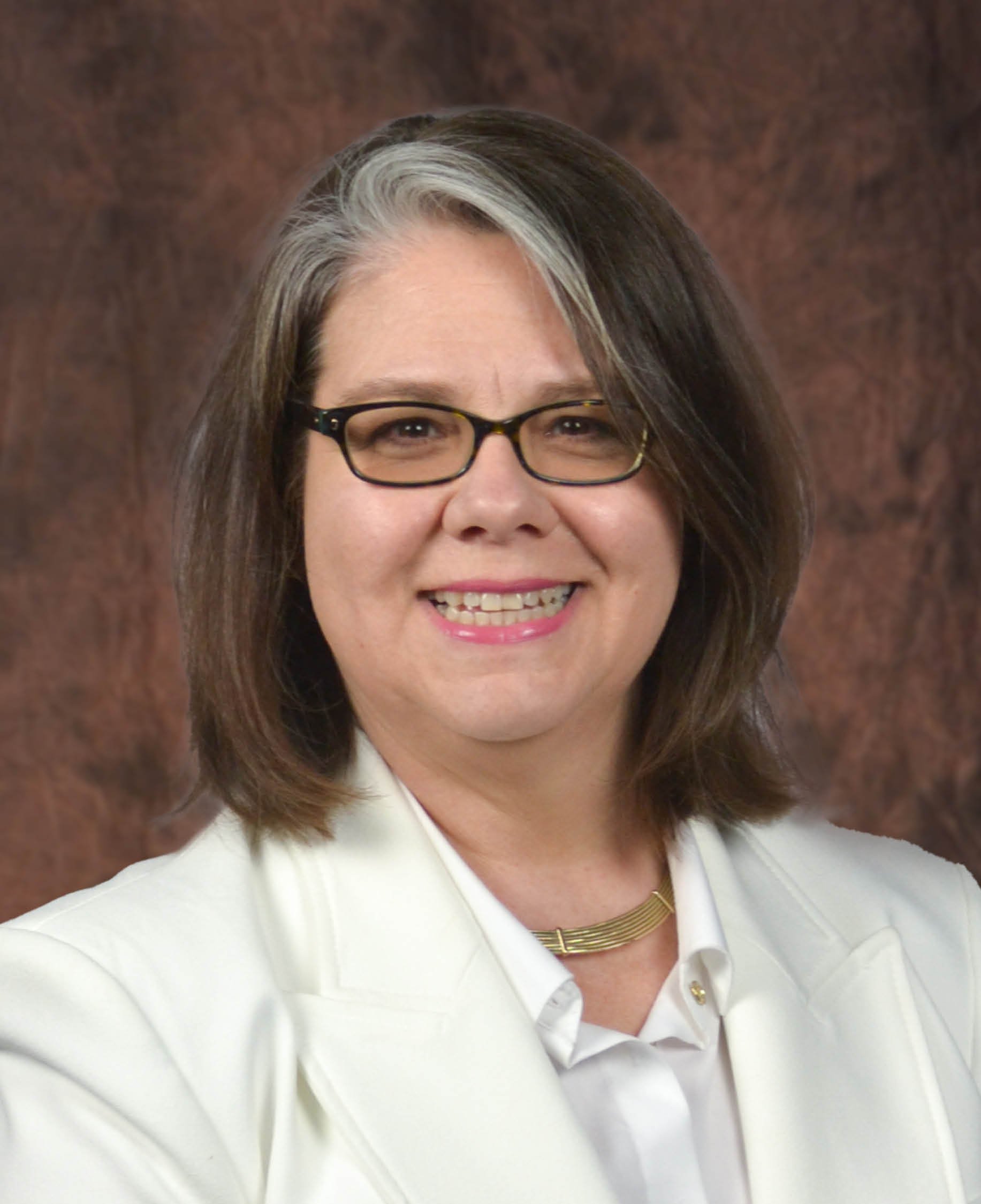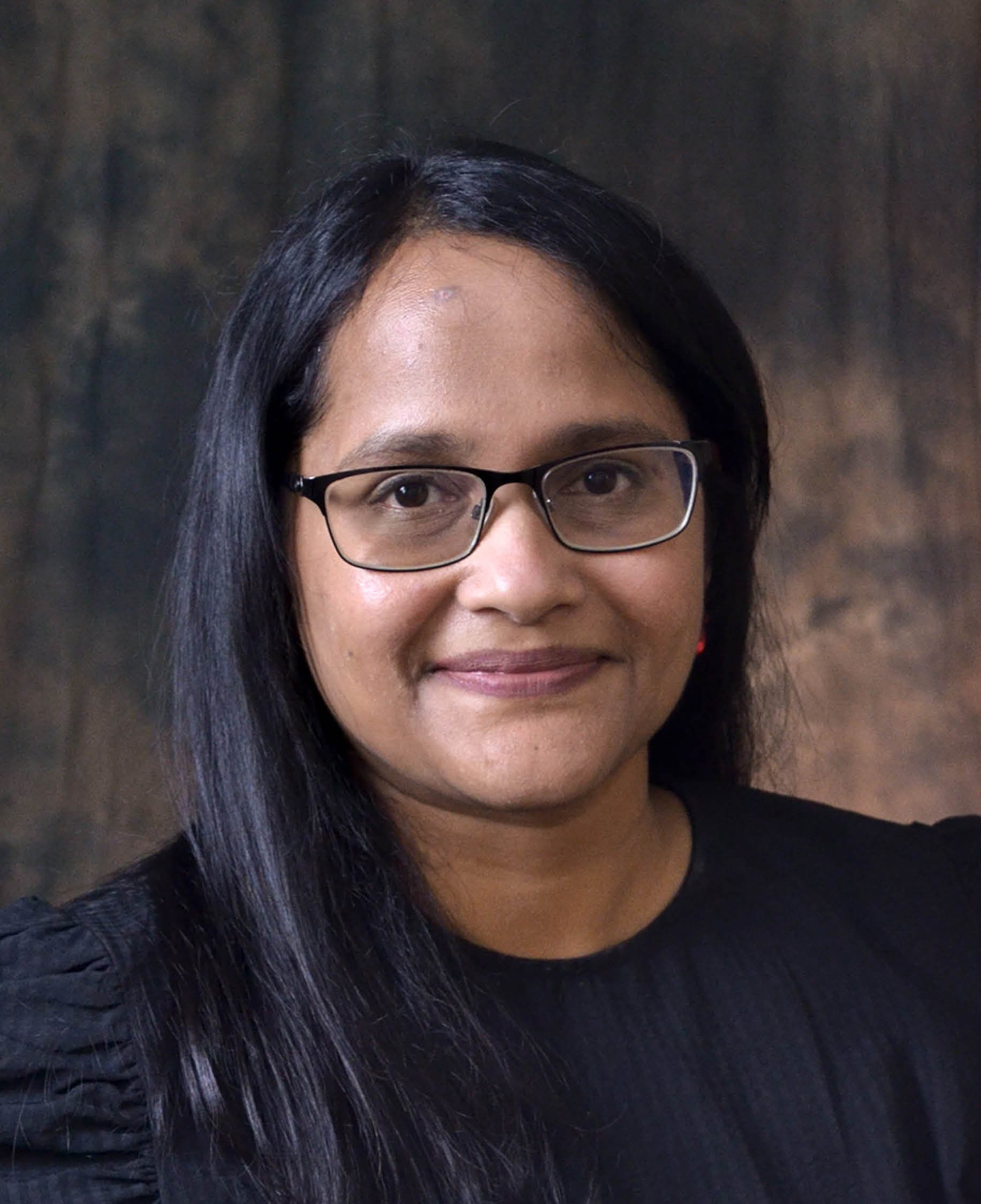DRMP is honored to celebrate International Women in Engineering Day each year and shine a spotlight on the value our women engineers and planners bring to DRMP and the A/E/C industry. This year’s theme is “Make Safety Seen” to celebrate the work women in the industry do to support lives, livelihoods, and communities every day. In Part 1 of a two-part series, we’ve profiled two women on our staff from various career backgrounds whose work makes a significant impact on improving the safety of our communities. In their journey to become engineers, these women have broken down barriers in a male-dominated industry and pushed through cultural and gender challenges to achieve success and pave the way for others. Part 2 of this series will publish on Friday, June 23.
How did you choose your profession?
What barriers have you overcome throughout your career?
Joce: The firm I joined at the wise, all-knowing age of 21 had never had a female engineer in its office. Back then, we used calculation pads and Pentel pencils to perform most of our designs and worked with Drafters to create the plans. The Drafters in our office were from a generation that was not so keen on working for a 21-year-old “girl.” They made some of my days pretty difficult. One weekend I went home and cried in my dad’s arms about how hard it was. He told me something I’ll never forget. He said there would be times that my being different would work against me and times that it would work in my favor. He told me to use the advantages when they came and brush off the rest. Not long after that, Engineering News-Record named its first-ever “Woman of the Year” in 1994. One of the women in leadership at my company saw the article and sent a copy of the magazine to every woman engineer in the firm along with a handwritten note of encouragement. I finally really understood what my dad had been trying to tell me, and I’ve always remembered it when things got tough.
Bharathi: As a woman in civil engineering, I overcame and am still overcoming many barriers. Two decades ago in India, I was one of the few women studying civil engineering. All my instructors were men, intensifying my awareness of the industry's gender gap. Pursuing a master's degree presented additional challenges, as sending a woman overseas was uncommon in Indian families. Fortunately, my brother supported me and reassured my parents to support my pursuit of a career in the United States. Once in the United States, I witnessed a positive shift of more female students, as well as a female professor who fostered an inclusive environment. When I accepted my first job after completing my master's degree, I was fortunate to have a manager who went beyond the traditional role of a supervisor. Instead, he became a trusted friend and mentor, playing a vital role in shaping the engineer I am today. Since joining DRMP, I have been delighted to find a significant number of women engineers who serve as inspiring role models for my career. This is something I did not experience at other firms, and it brings me great joy and motivation. Personally, there is immense fulfillment in overcoming my mother’s initial skepticism regarding my ability to thrive in this career and earning her pride in the engineer I have become.
What’s the most rewarding project you’ve worked on?
Joce: I helped with a National Environmental Policy Act (NEPA) study for a 4-laning project in rural north Mississippi in 1999. There were a lot of impacts that could’ve potentially affected the area, so the project team spent significant time coming up with the best fit intersection for the nearby town of Amory. We took the project to a public meeting, and one woman was poring over the aerial photography we’d presented. I explained to her that we were working to find the best solution for the town and also helped her find her house on the maps. The alignment came close to her house but didn’t impact it. It did propose the removal of an old barn on the back of her property. She burst into tears and explained to me that her husband had built the barn and had passed away the previous year. I knew our plans wouldn’t work without taking the barn. She squeezed my hand and took a deep breath and said, “It’s okay. Amory needs this road. We need this road to prosper, and we’re glad you’re here.” This wasn’t the most prestigious project, the most expensive, or even the most interesting one I’ve worked on. But one woman’s willingness to sacrifice something so precious to her for the good of her community, stayed with me as a reminder of how important our work is to the lives of other people. It’s why I love doing NEPA work so much.
Bharathi: When you start your career, you go with the flow. After a few years, you gain the confidence to pick and choose what projects you want to do. Once I felt strong in my expertise, I knew I wanted to work on projects that focused on safety improvements. I learned more about the Vision Zero campaign, which strives to eliminate traffic fatalities. I also studied to take the exam and receive my Roadway Safety Professional (Level 1) designation. I want to be the first person at DRMP to pass the test to earn the Level 2 certification. The projects where I can improve the safety of the road are the most rewarding to me. I recently worked on a midblock crossings project for the City of Orlando, and I was really proud when I saw the photos of the installation.














